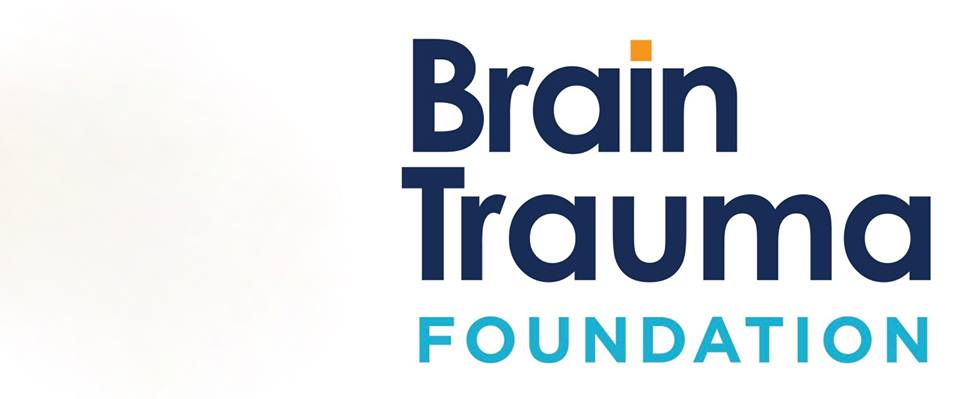12. INTRACRANIAL PRESSURE MONITORING
LEVEL I AND II A
There was insufficient evidence to support a Level I or II A recommendation for this topic.
LEVEL II B
Management of severe TBI patients using information from ICP monitoring is recommended to reduce in-hospital and 2-week post-injury mortality.
The Level II and III recommendations from the 3rd Edition of these guidelines are not supported by evidence meeting current standards because they were derived from descriptive studies, or from studies that do not meet the current inclusion criteria for this topic. While no evidence is available from comparative studies to support a formal recommendation, the Committee chose to re-state here the 3rd Edition recommendations. The rationale for doing so is to maintain sufficient recognition of the patient characteristics associated with risk of increased intracranial pressure.
RECOMMENDATIONS FROM THE PRIOR (3RD) EDITION NOT SUPPORTED BY EVIDENCE MEETING CURRENT STANDARDS
Intracranial pressure (ICP) should be monitored in all salvageable patients with a severe traumatic brain injury (TBI) (GCS 3-8 after resuscitation) and an abnormal computed tomography (CT) scan. An abnormal CT scan of the head is one that reveals hematomas, contusions, swelling, herniation, or compressed basal cisterns.
ICP monitoring is indicated in patients with severe TBI with a normal CT scan if two or more of the following features are noted at admission: age over 40 years, unilateral or bilateral motor posturing, or systolic blood pressure (BP) <90 mm Hg.
CHANGES FROM PRIOR EDITION
New Class 2 studies provide evidence for recommendations that replace those of the 3rd Edition of these guidelines.

